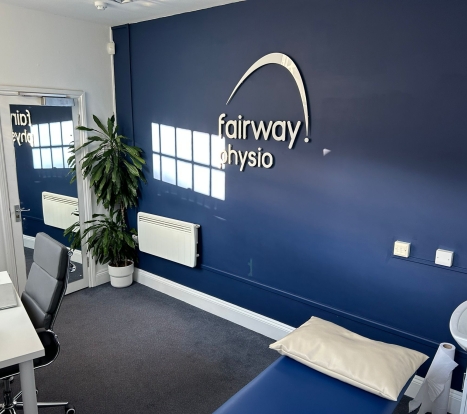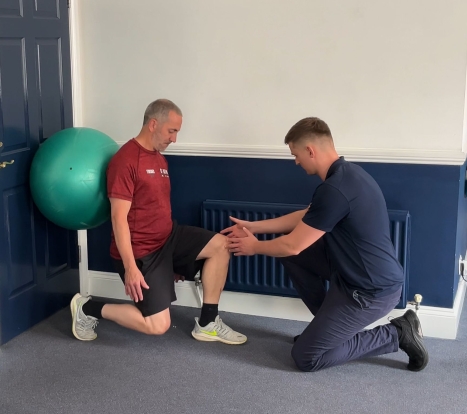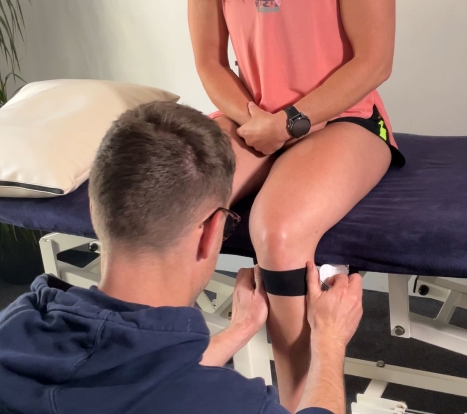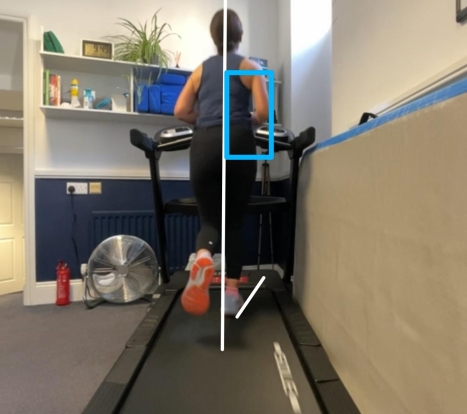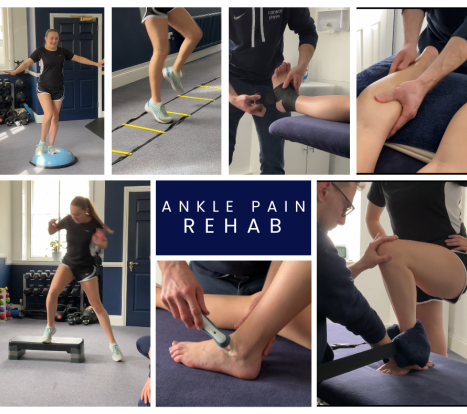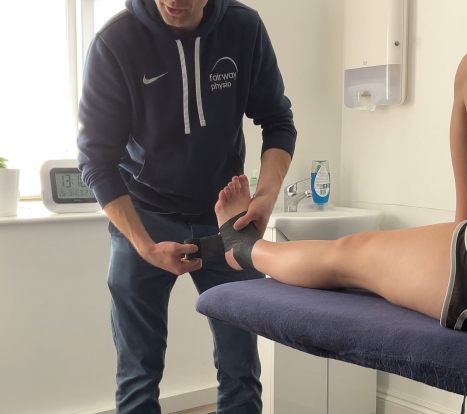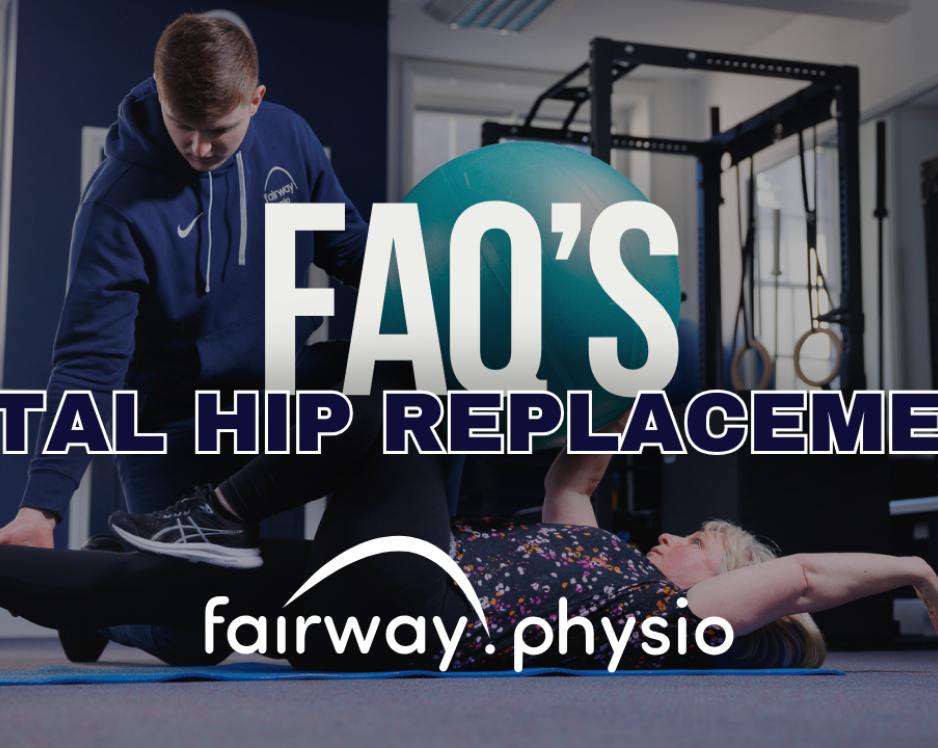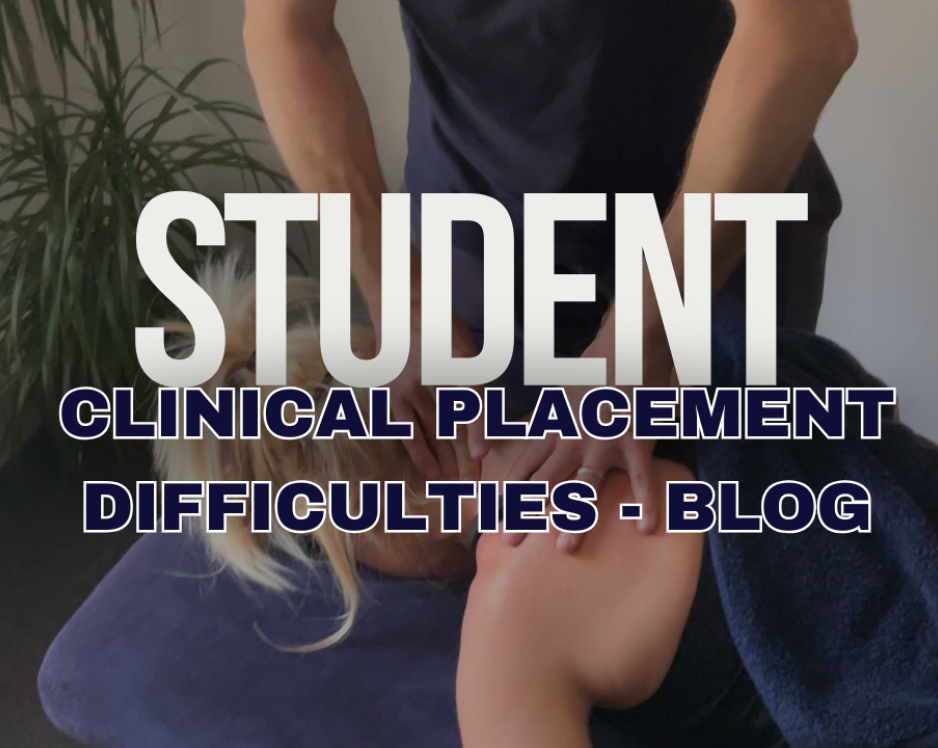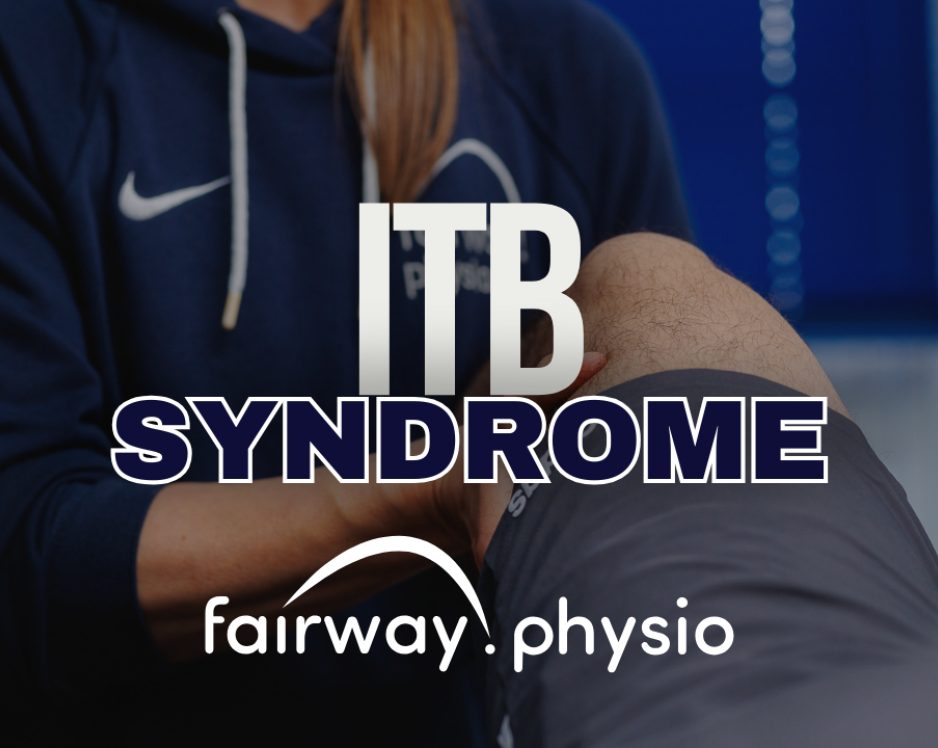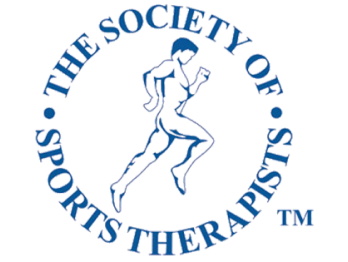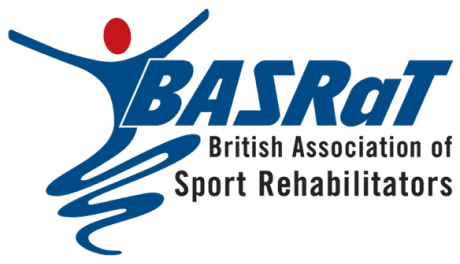
How Long Should You Continue Rehab Exercises After Pain Has Resolved?
When recovering from an injury, it's a common misconception that once the pain has gone, the need for rehabilitation exercises disappears too. However, the reality is that pain is only one part of the healing process, and stopping too early can lead to setbacks or incomplete recovery. Let’s explore why continuing rehab exercises even after pain has resolved is crucial for long-term healing and injury prevention.
Pain is Not the Whole Picture
Pain serves as a helpful warning signal that something in your body is wrong. It prompts us to seek treatment and make necessary modifications to avoid further damage. But pain is not always the best indicator of full recovery. In many cases, pain can subside long before the underlying tissues have fully healed.
For example, soft tissue injuries, such as muscle strains or ligament sprains, often take weeks or even months to fully recover, depending on the severity. Pain might decrease within days or weeks, but the tissue healing process is still ongoing beneath the surface. Stopping rehab exercises at this stage can leave the tissues vulnerable to reinjury or incomplete recovery, as they may not have regained their full strength and flexibility.
Tissue Healing Time and Long-Term Compliance
Understanding tissue healing times is key to making informed decisions about your rehab journey. Different tissues in the body heal at different rates. Here are some general guidelines:
- Muscle Injuries: Mild strains may heal within 2-4 weeks, while more severe tears could take 6-12 weeks.
- Tendons: Tendon injuries often take longer to heal due to their reduced blood supply. Mild tendinopathy may resolve in 4-6 weeks, but severe cases may take several months.
- Ligaments: Ligament injuries, like those seen in ankle sprains, can take anywhere from 6 weeks to 6 months depending on the severity.
- Bones: Bone healing typically takes 6-8 weeks, but the surrounding muscles and soft tissues also need time to regain their pre-injury state.
Rehab exercises aim to strengthen the injured tissue, restore range of motion, and improve functional movement patterns. Continuing exercises beyond the resolution of pain allows the tissues to reach their full capacity for strength and resilience. This is particularly important as tissue remodelling continues for weeks to months, and without adequate stress, the tissue may not adapt optimally.
Preventing Re-injury
One of the main reasons to maintain your rehab regimen after pain subsides is injury prevention. When tissues are not fully rehabilitated, they remain more susceptible to reinjury, especially when returning to sports or other high-demand activities. By continuing with a targeted exercise program, you ensure that the injured area becomes more robust, allowing you to return to your activities without the risk of re-injury or chronic pain.
Research supports that long-term compliance with rehabilitation exercises plays a significant role in reducing the risk of reinjury. Strengthening the injured area, improving flexibility, and ensuring correct movement patterns can reduce the chance of future setbacks.
Transition to Strength and Conditioning
Once the rehabilitation phase is complete, many patients benefit from transitioning to a structured strength and conditioning program. This is especially true for athletes or individuals engaged in physically demanding jobs. Strength and conditioning work helps to build resilience, improve performance, and maintain the improvements achieved during rehab. By moving from rehab to strength training, you not only complete your recovery but also improve your overall fitness, reducing your risk of future injuries.
Tips for Long-Term Exercise Compliance
1. Set Realistic Goals: Understand that full recovery takes time. Set short- and long-term goals to keep you motivated and on track.
2. Progress Gradually: Rehab programs are designed to increase in intensity over time. Continue working on the exercises as prescribed and don’t rush through them.
3. Stay Consistent: Even if you’re feeling good, stick to your exercise routine. Consistency is key to long-term success.
4. Consult Your Physio: Regular check-ins with your physiotherapist can ensure that your progress is on track and exercises are appropriately adjusted as you recover.
Conclusion
Rehabilitation doesn’t end when pain disappears. For a full recovery, it’s essential to continue your exercises well beyond the point where you feel pain-free. Tissues need time to fully heal and strengthen, and long-term exercise compliance is key to avoiding reinjury and ensuring a return to your normal activities. Remember, patience and persistence in your rehab routine will pay off in the long run with a healthier, stronger body.
Your physiotherapist is your partner in this process, so don’t hesitate to reach out if you have any concerns about your recovery or need guidance on transitioning from rehab to strength training.

